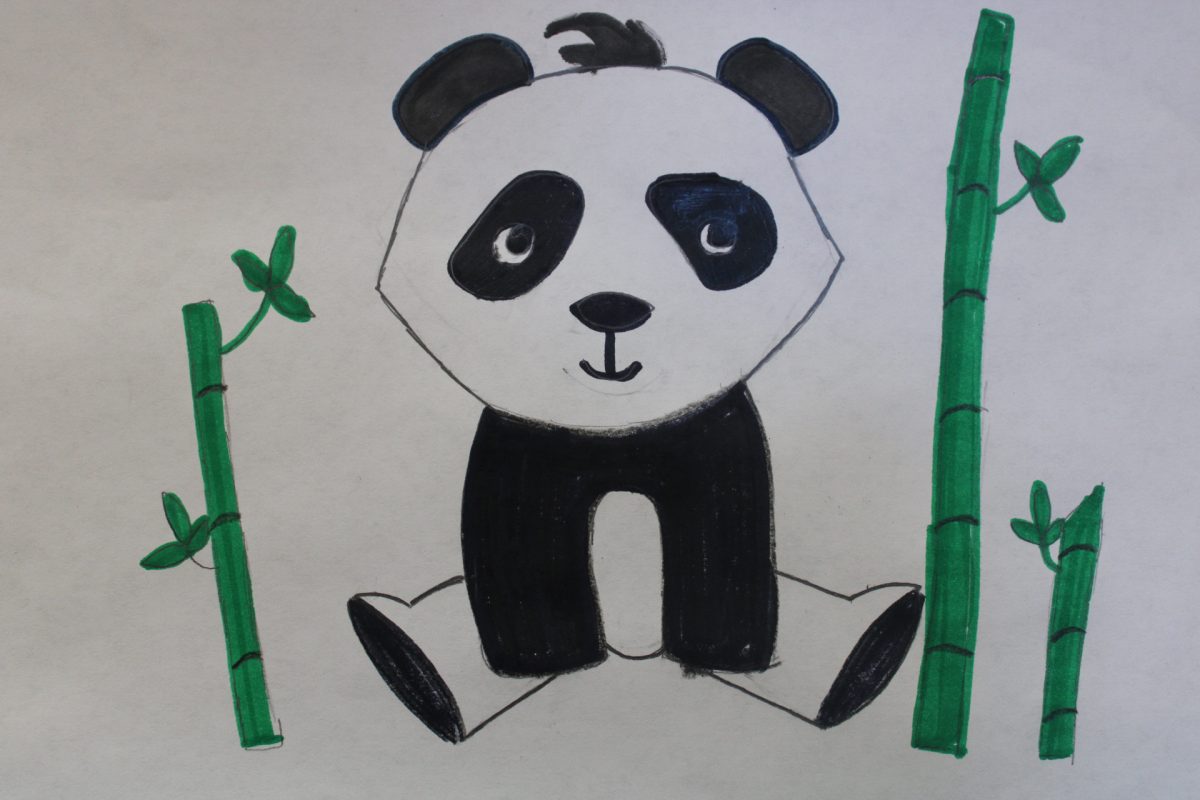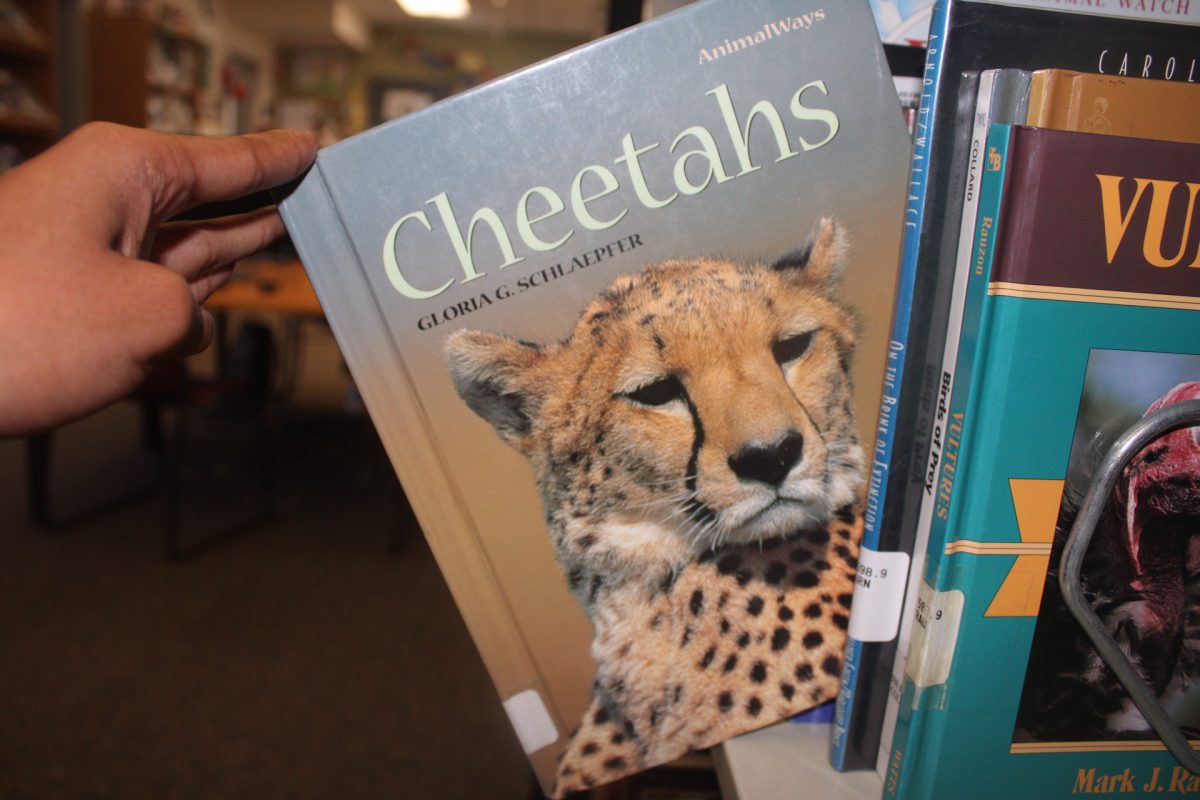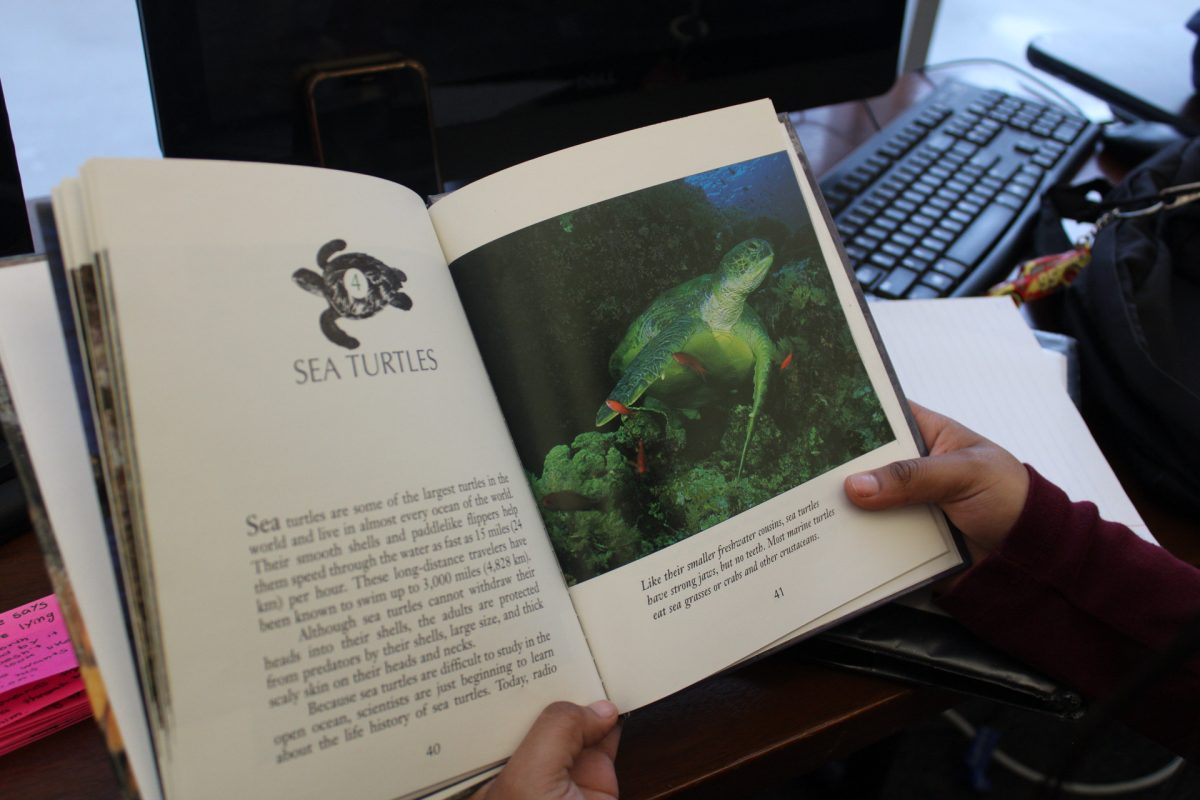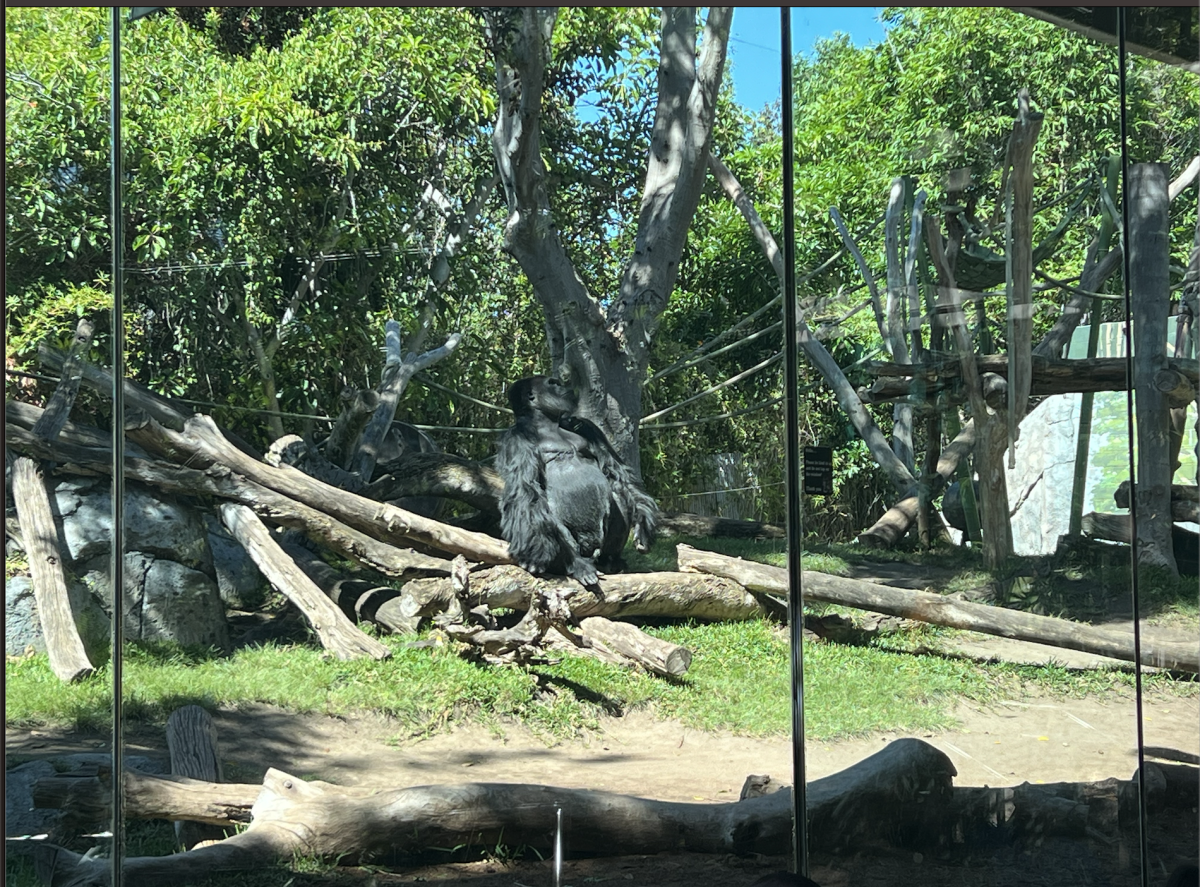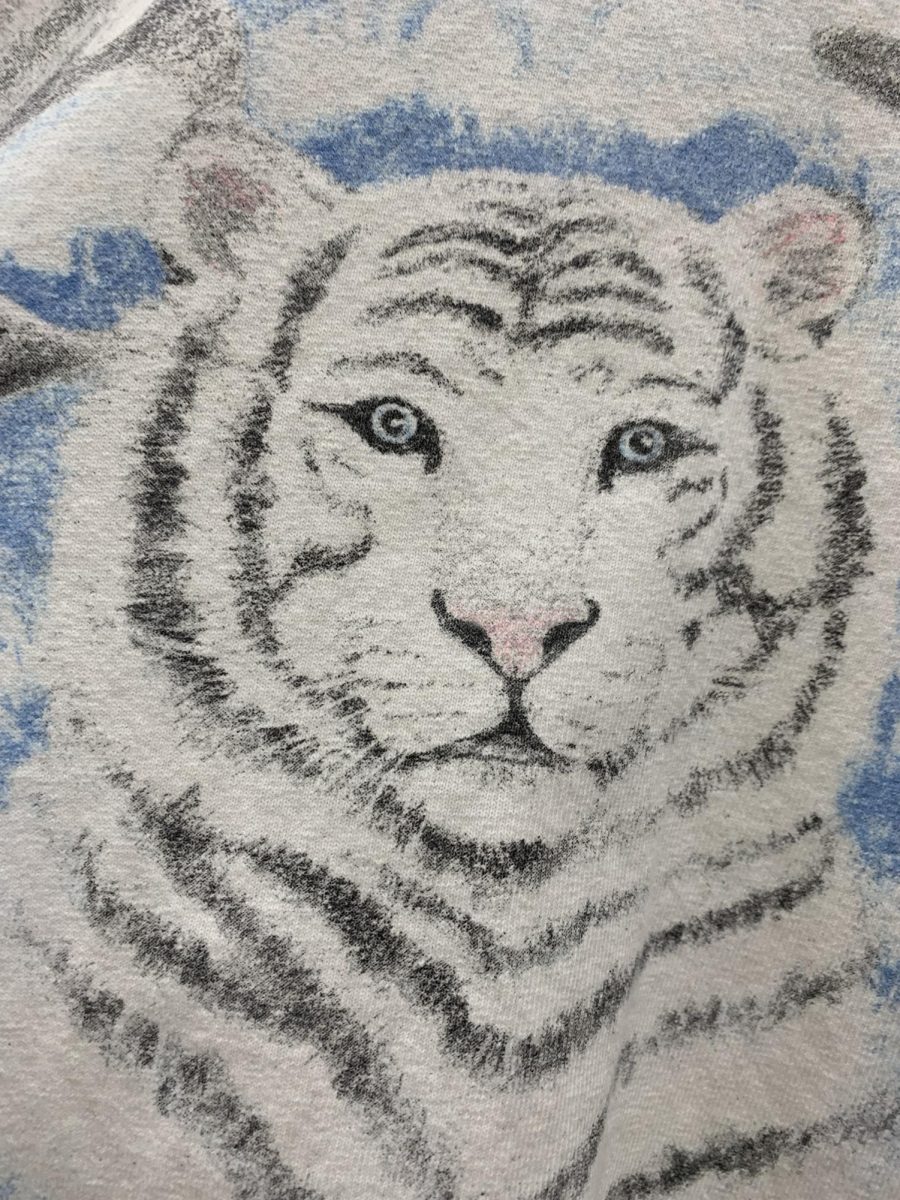Giant white pandas may look cute and fluffy, but if an individual were to come face to face with one they may be crushed because these big creatures weigh around 330 pounds. They live in the mountains of southwest China and live mainly off of bamboo. For them to reach a healthy size of around 300 pounds, they need to eat around 50 pounds of bamboo every day (that’s a lot of bamboo!). These creatures are one of the most popular exhibits at the San Diego Zoo, and everyone loves seeing them because of how snuggly they look. Unfortunately, the reality behind this well-loved species is that there are only 1,864 giant black and white pandas left in the world, making them vulnerable to extinction.
The most significant reason for their decline is habitat loss. There are so many different things that contribute to habitat loss for these beautiful animals. One is that there are roads, dams, and railroads that are within the panda’s habitat range forcing them to relocate. What is so bad about relocating? The issue with relocation for this species is that bamboo is only found in certain areas–if the pandas travel to a different habitat, they lose their main source of food in which they have to eat 50 pounds of each day. Loss of food and habitat means fewer baby pandas. Another issue with relocation is that it causes the pandas to have fewer mates to choose from. Another thing that contributes to habitat loss is that people harvest the panda’s main food source (bamboo) and they gather firewood causing a lack of shelter. Many of the plant species that are in the mountains where pandas reside are used for traditional Chinese medicine. Again, if people are harvesting from their habitat, it causes the pandas to lose most of their diet. The final thing that connects back to habitat loss is tourism. As tourist numbers increase, it encourages more tourist attractions to be constructed causing animal homes to be destroyed.
Since the giant black and white panda is so close to extinction, there are many conservation efforts to save them. The Chinese government has around 60 panda reserves to protect this species and China’s Natural Forest Conservation Program provides protection to the pandas’ habitat. Another organization that supports these creatures is the San Diego Zoo. The San Diego Zoo partnered with China from 1996-2019 and has had pandas in their occupation. Currently, there are no more pandas at the zoo but as of February 22nd, 2024, these big fluffy bears are making their way back. This means the zoo’s effort to protect these creatures by performing early-detection pregnancy tests to increase survival rates will continue into 2024 and beyond!
The frequent question that arises when it comes to speaking about endangered animals is why humans should care: there are two reasons. The first reason is that we should take responsibility for destroying these creatures’ lives and homes. If humans didn’t live on earth and there were only animals, the animals would live more peacefully and their populations would be stable. There are too many animals out there that are endangered or close to extinction which is unacceptable. When it specifically comes to pandas, it is important to raise awareness on them because if they were to become extinct, the bamboo forests would suffer since pandas spread the seeds through their feces. If we want to link this back to human benefit, bamboo is a crucial plant for people in China because it is used for their food, clothing and housing. The second reason is that if they go extinct, it means that the entire food cycle would be thrown off causing other animals to be in danger.
The giant white panda should be protected not only because of how cute they look but also because they are a huge part of our ecosystem and shape many things in nature.
If you want to be a part of saving these animals buy a ticket to the San Diego Zoo or donate to the World Wildlife Fund: https://wwf.panda.org/discover/knowledge_hub/endangered_species/giant_panda/whatyoucando/


